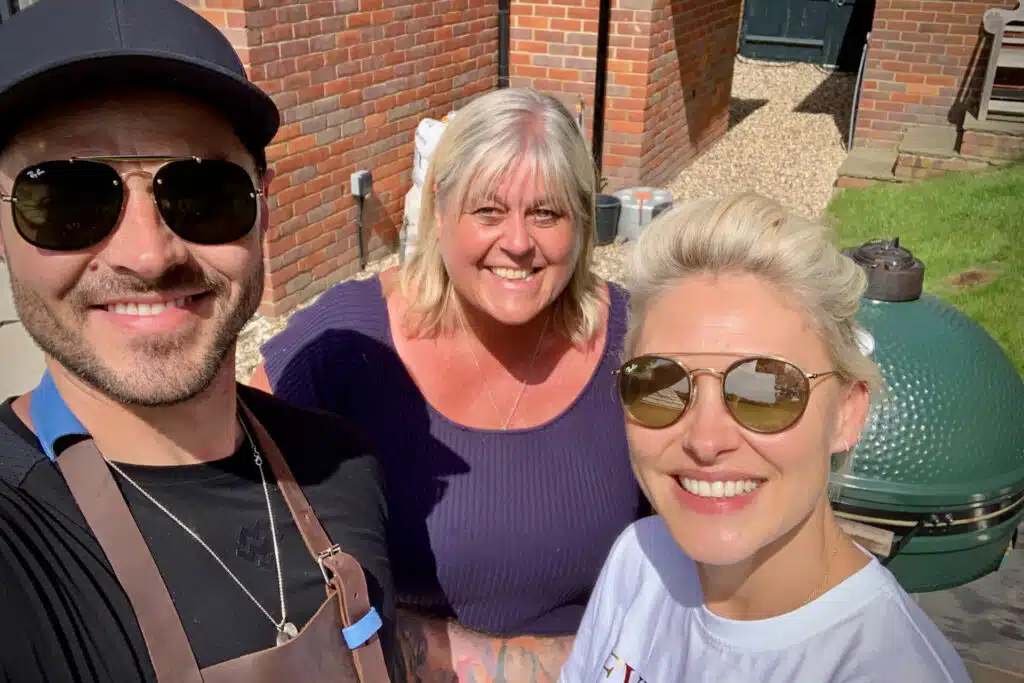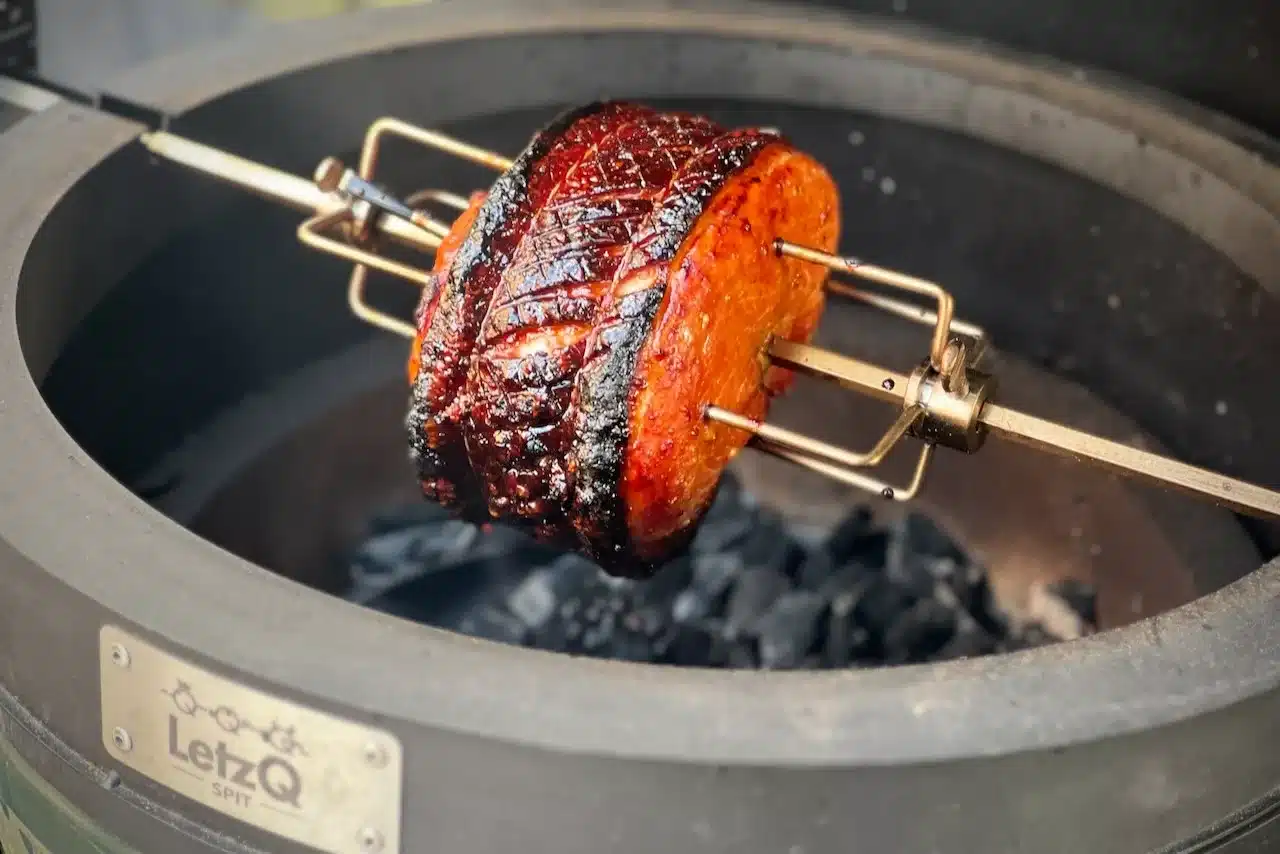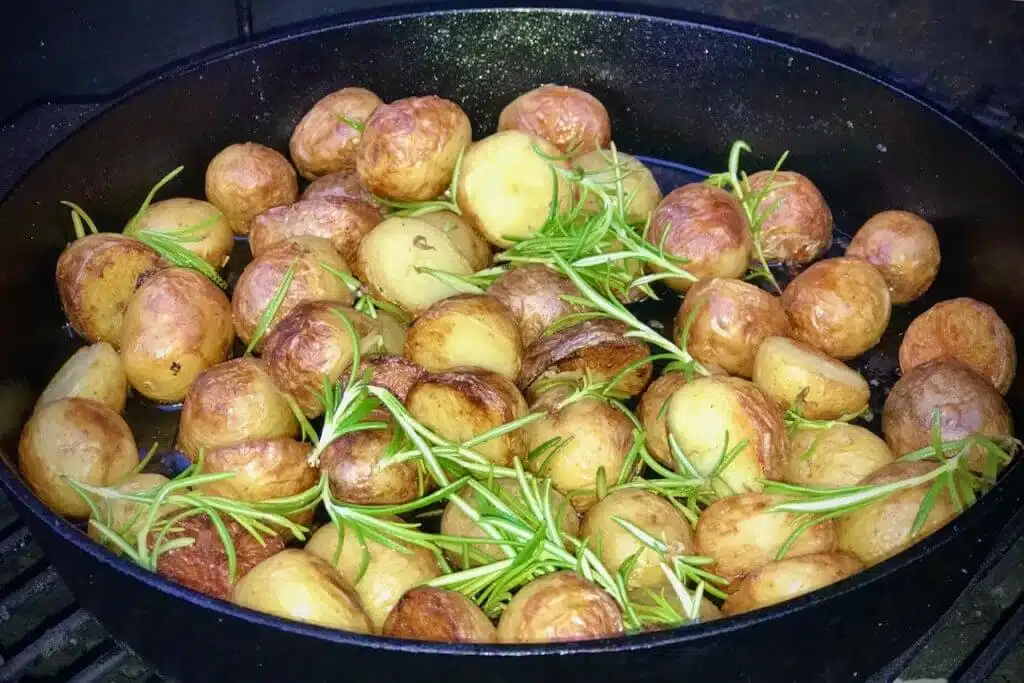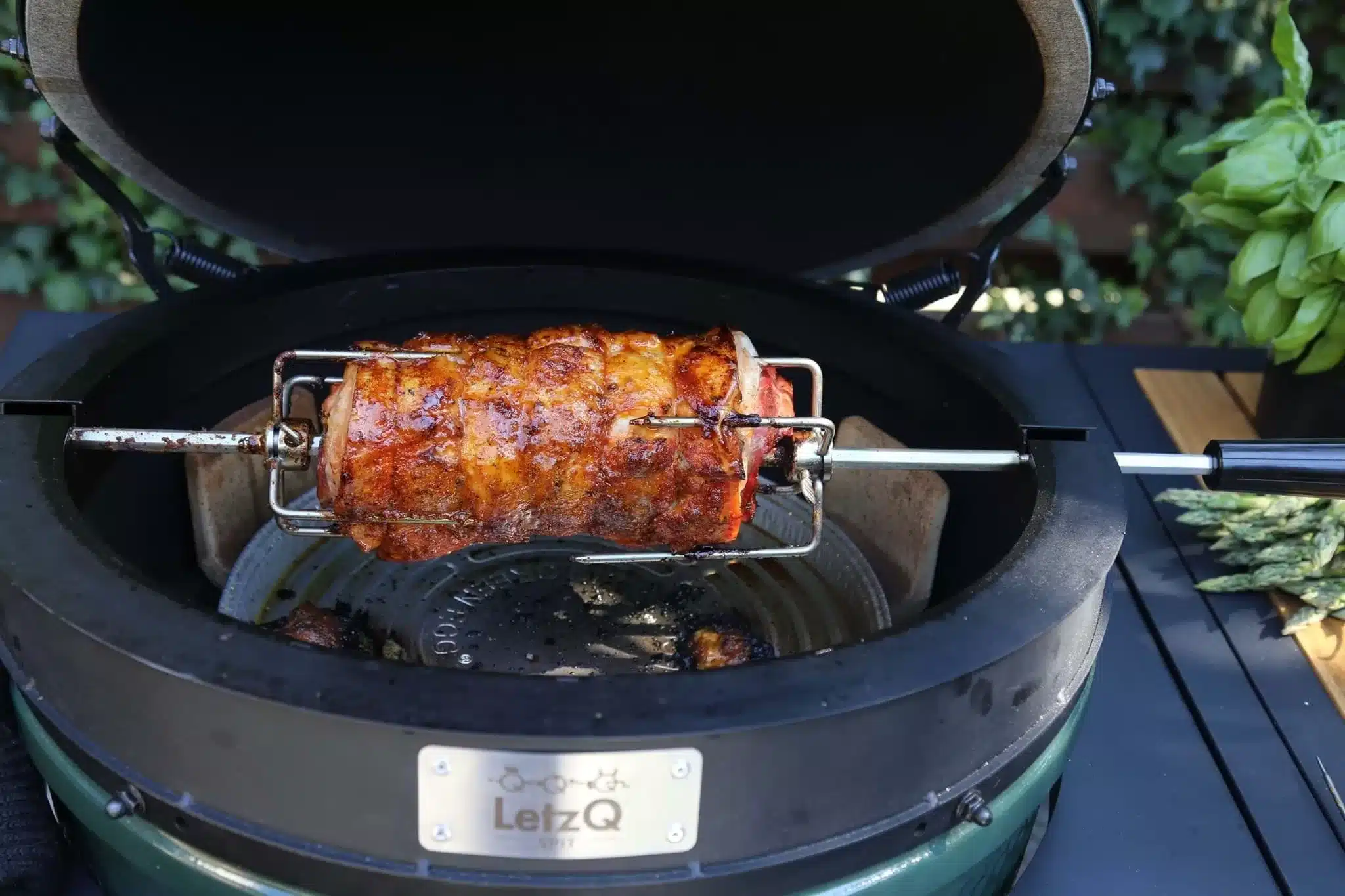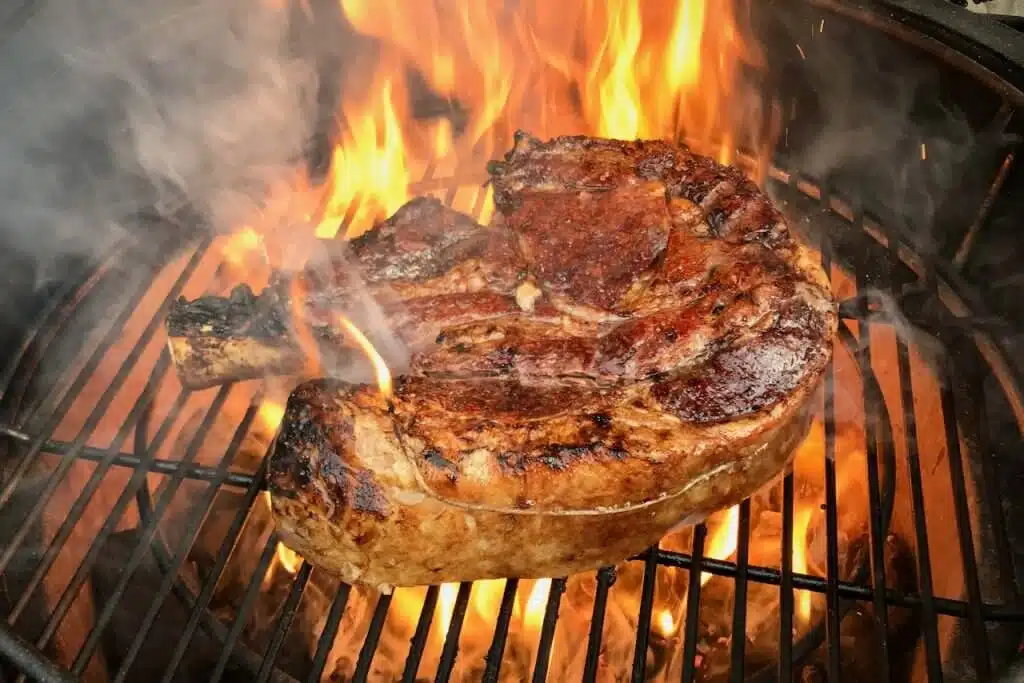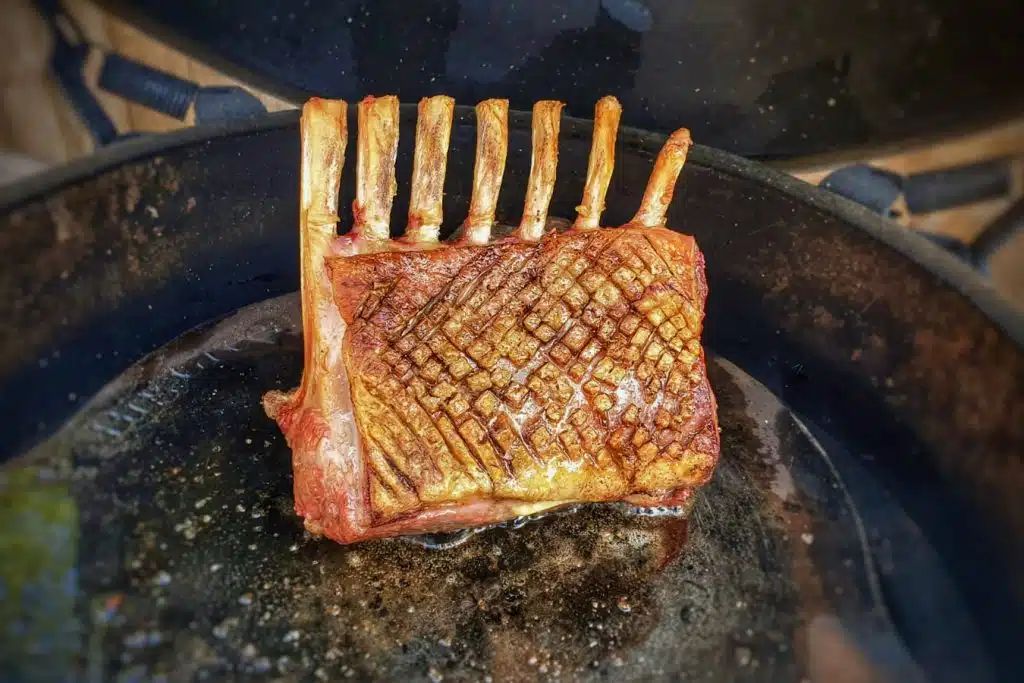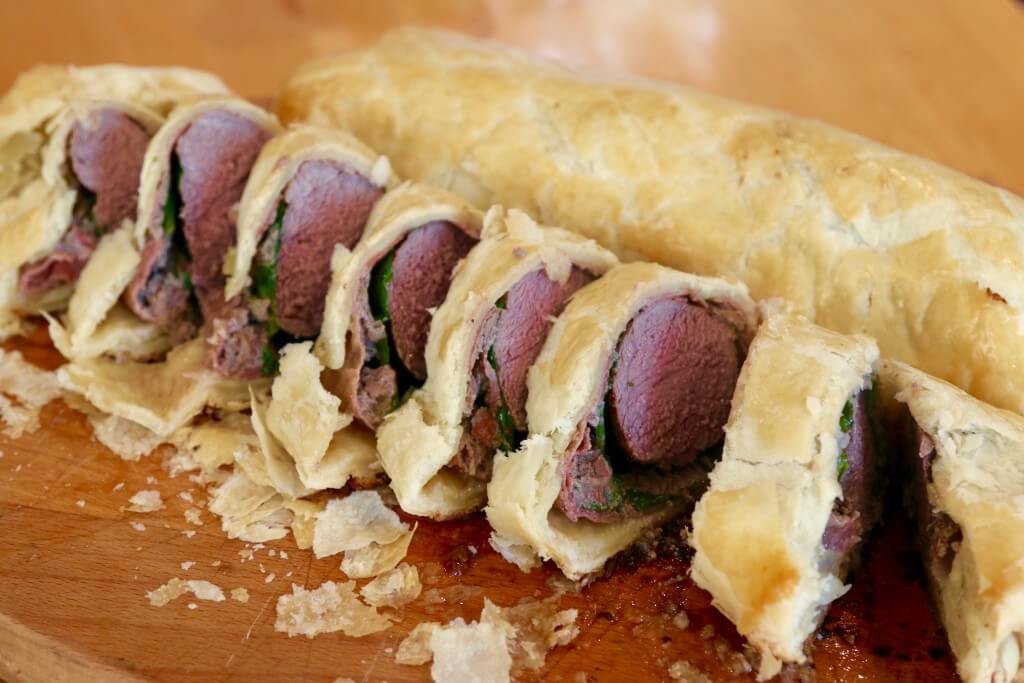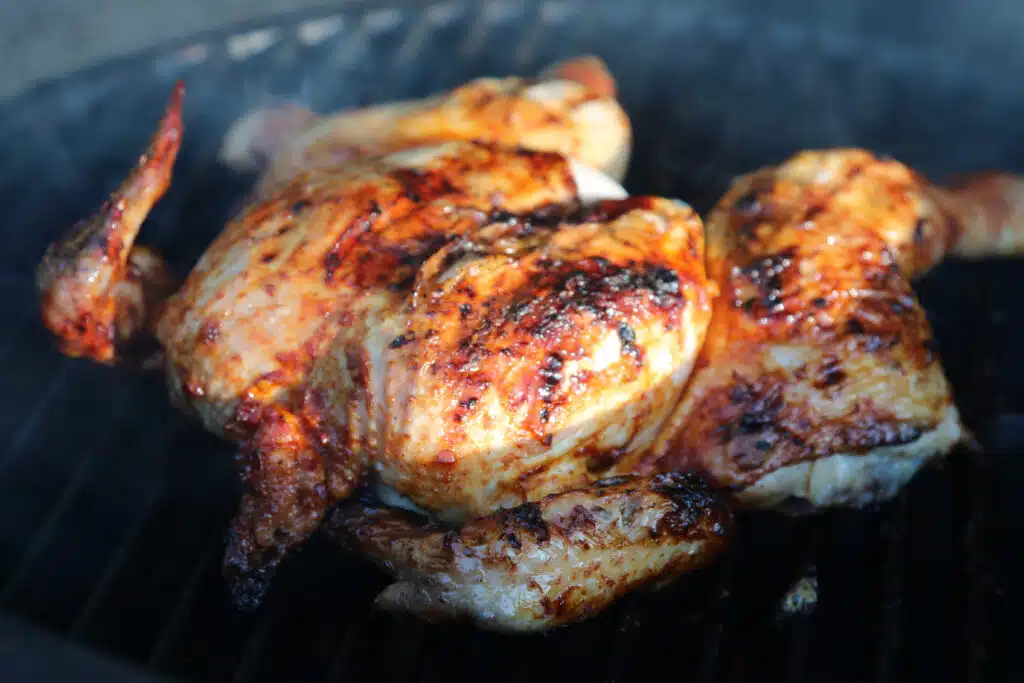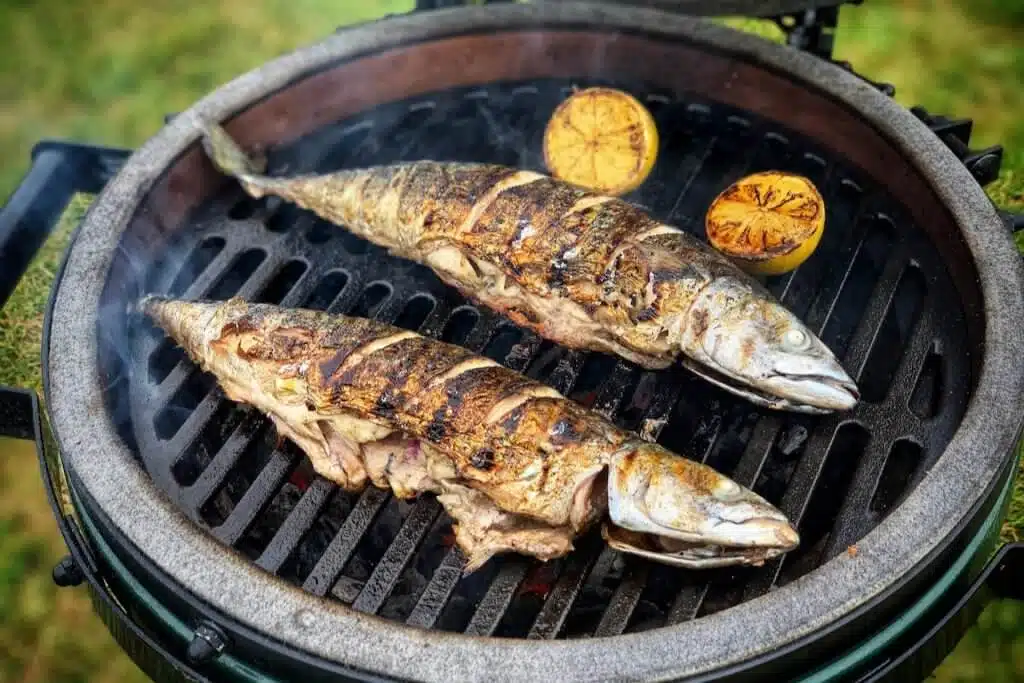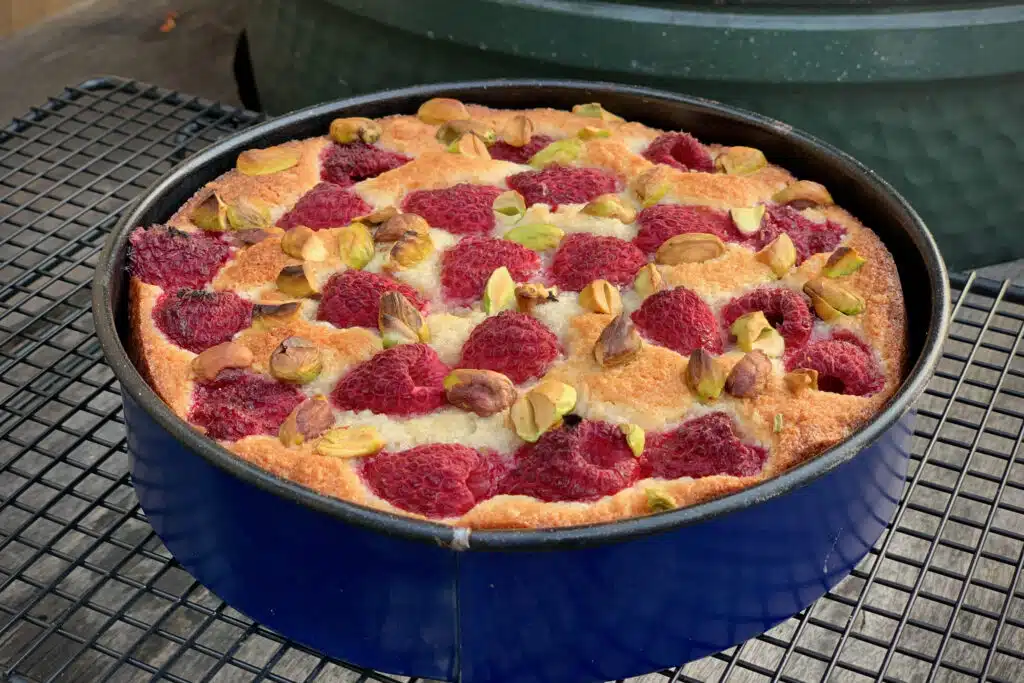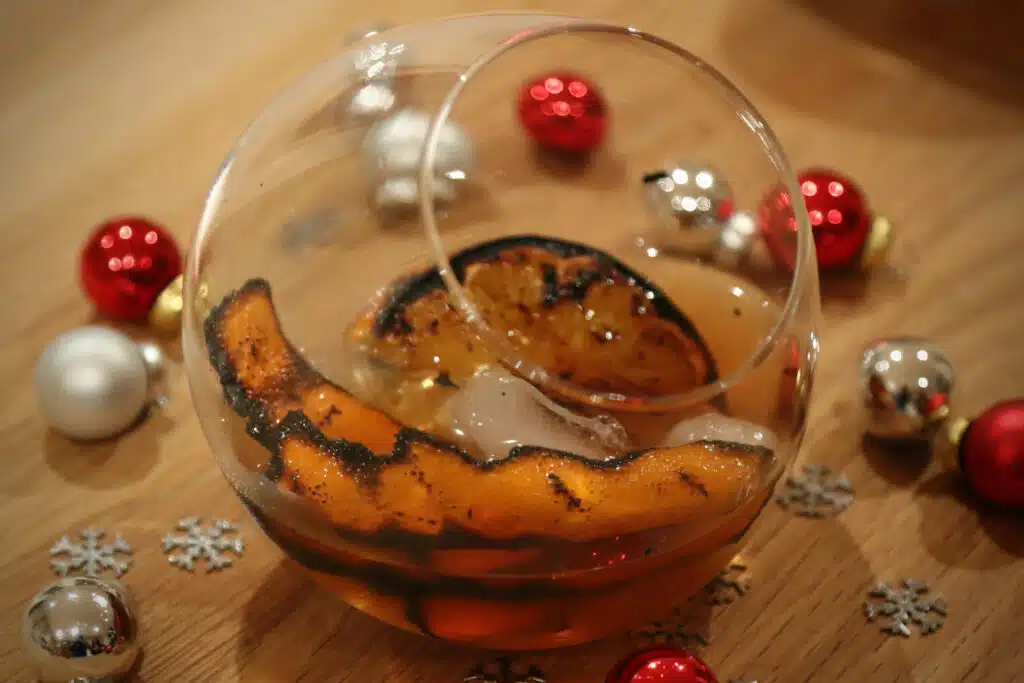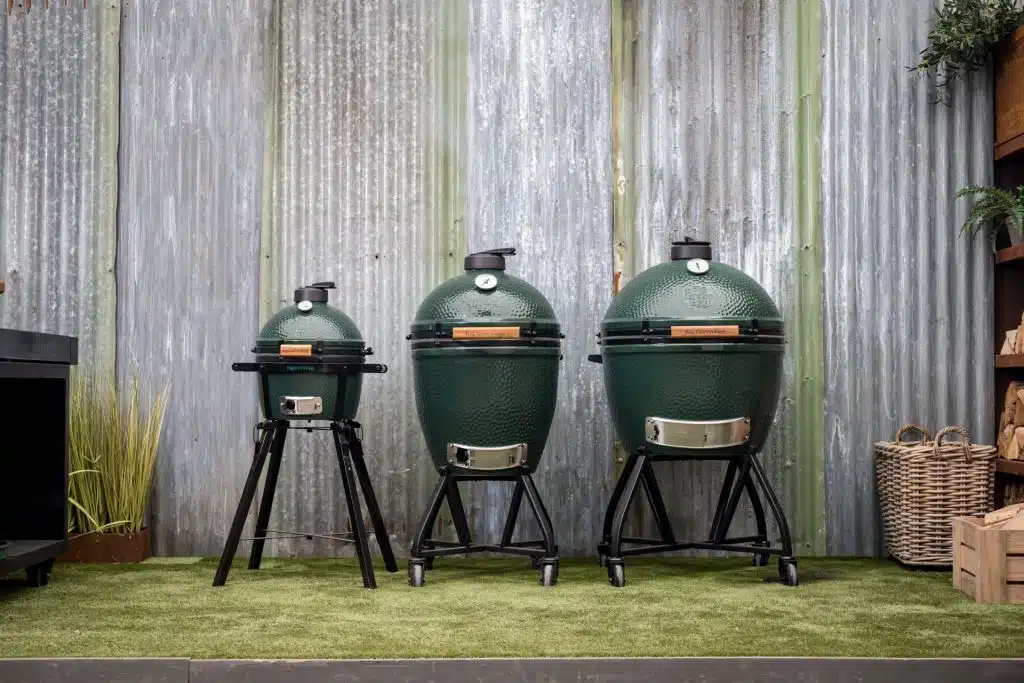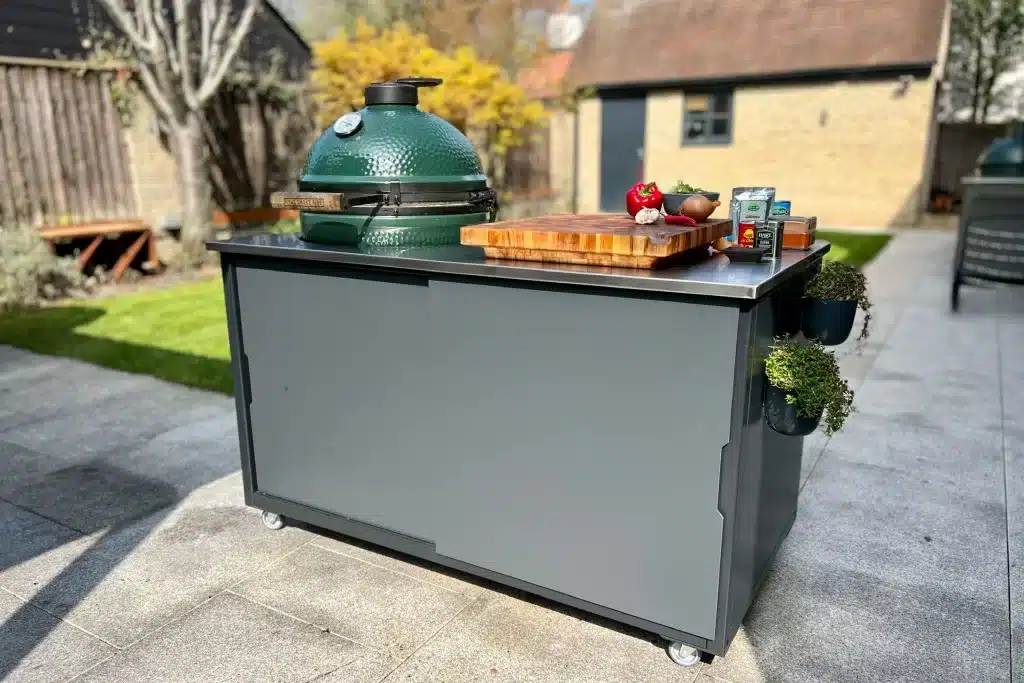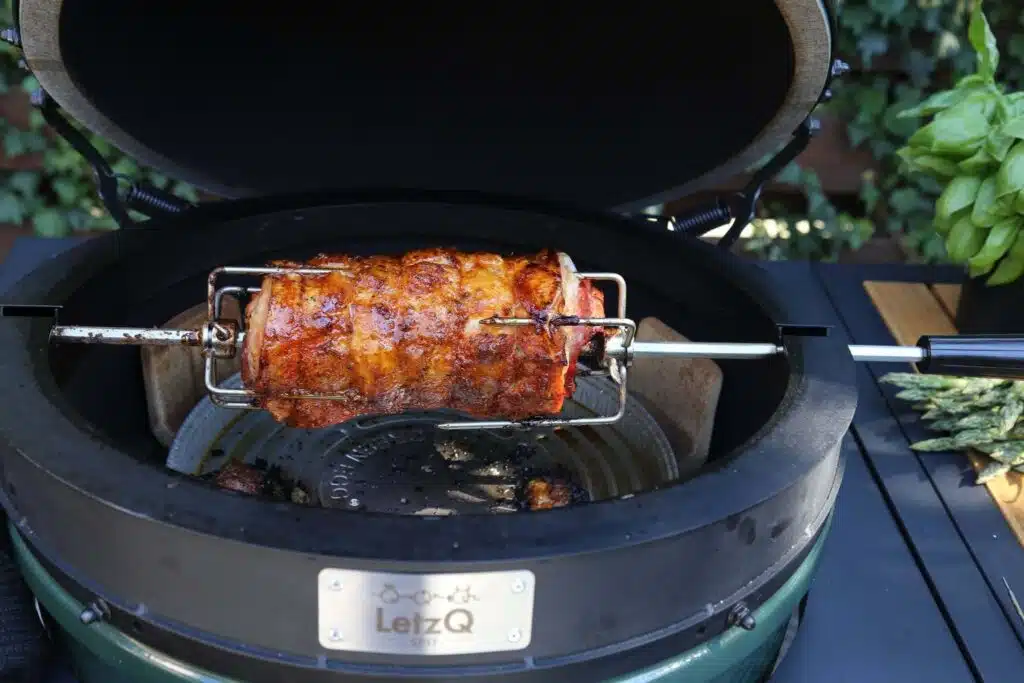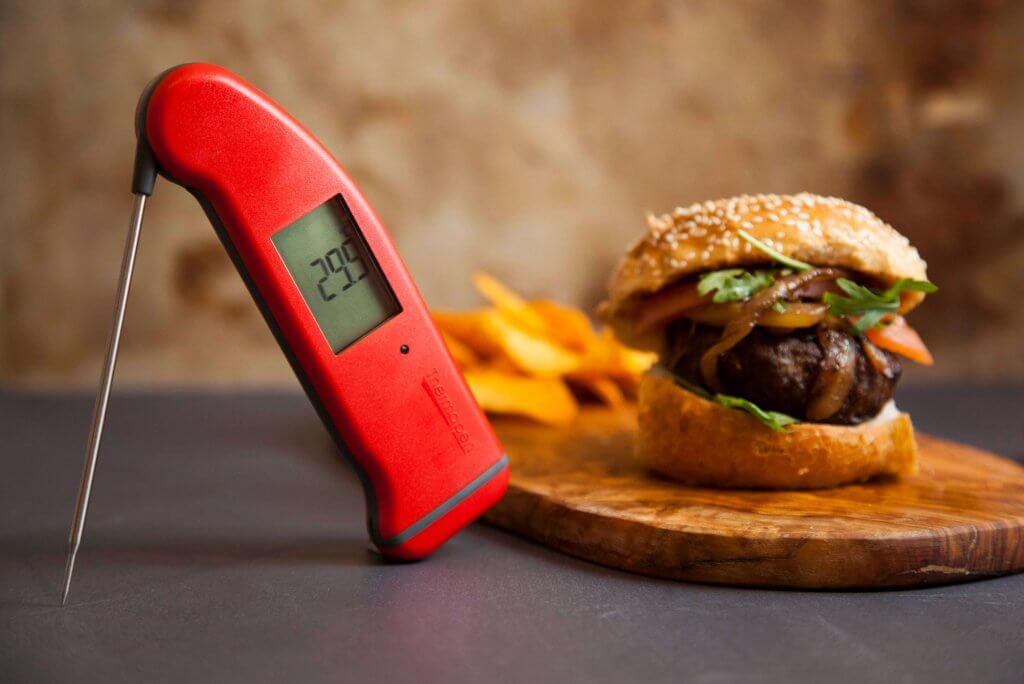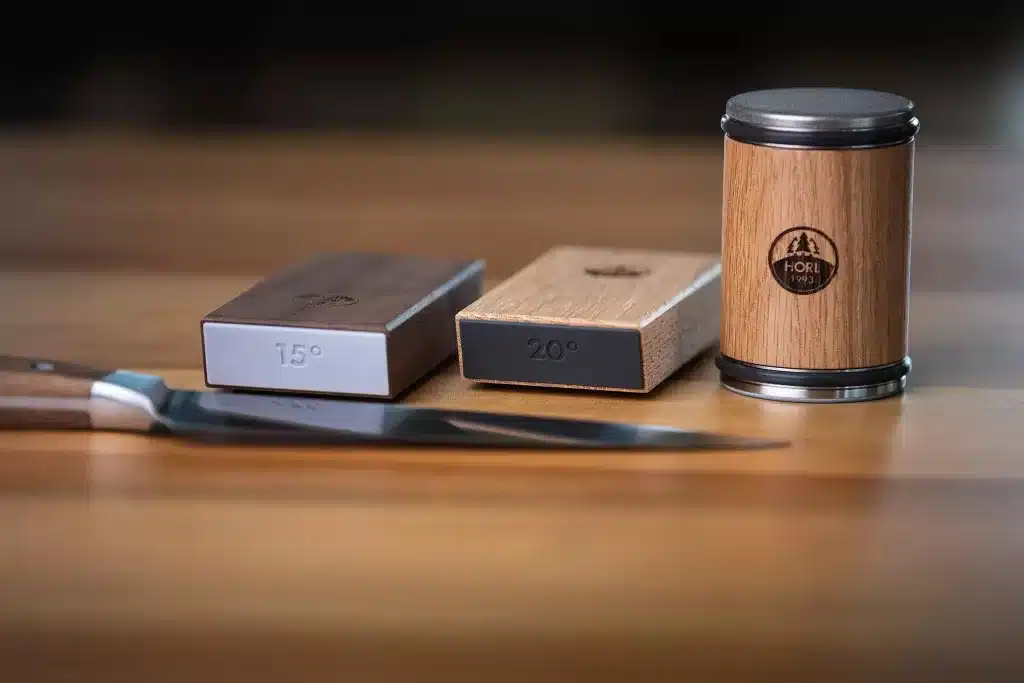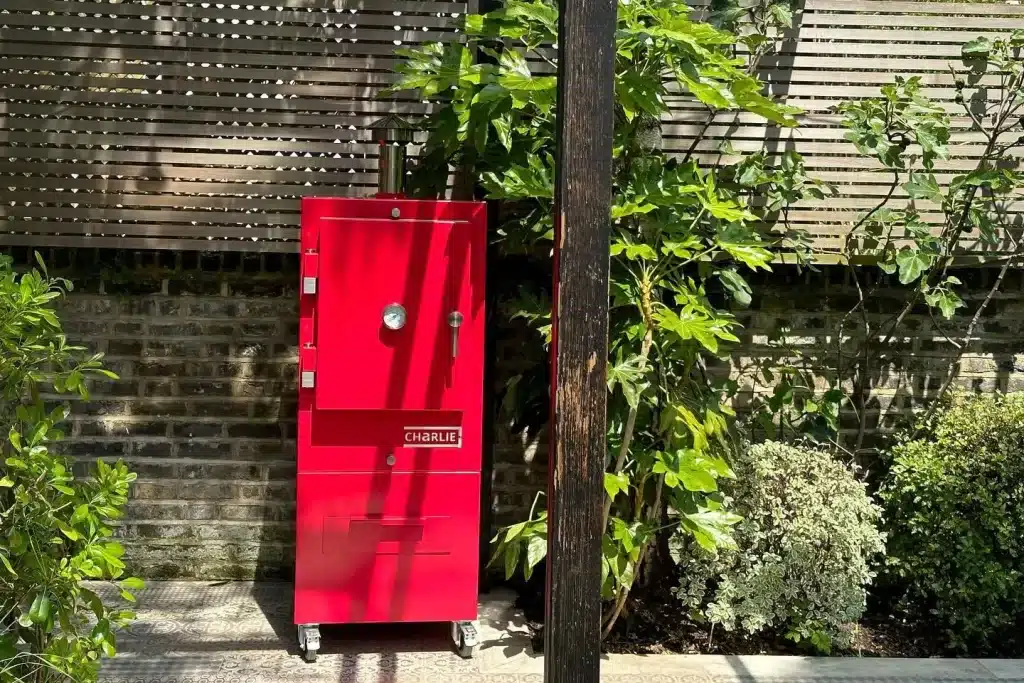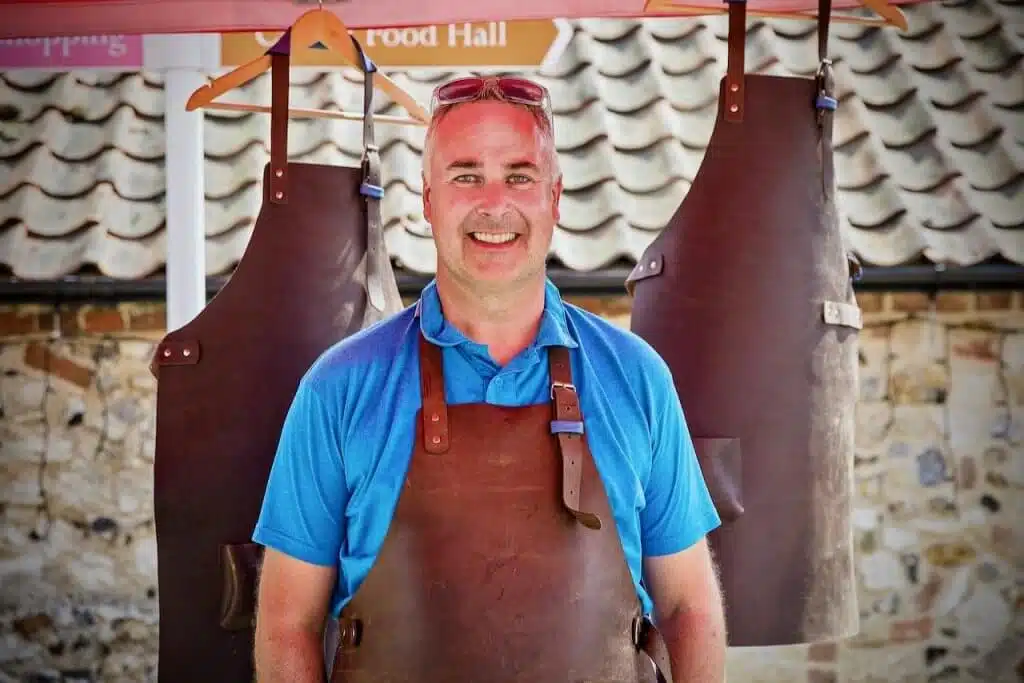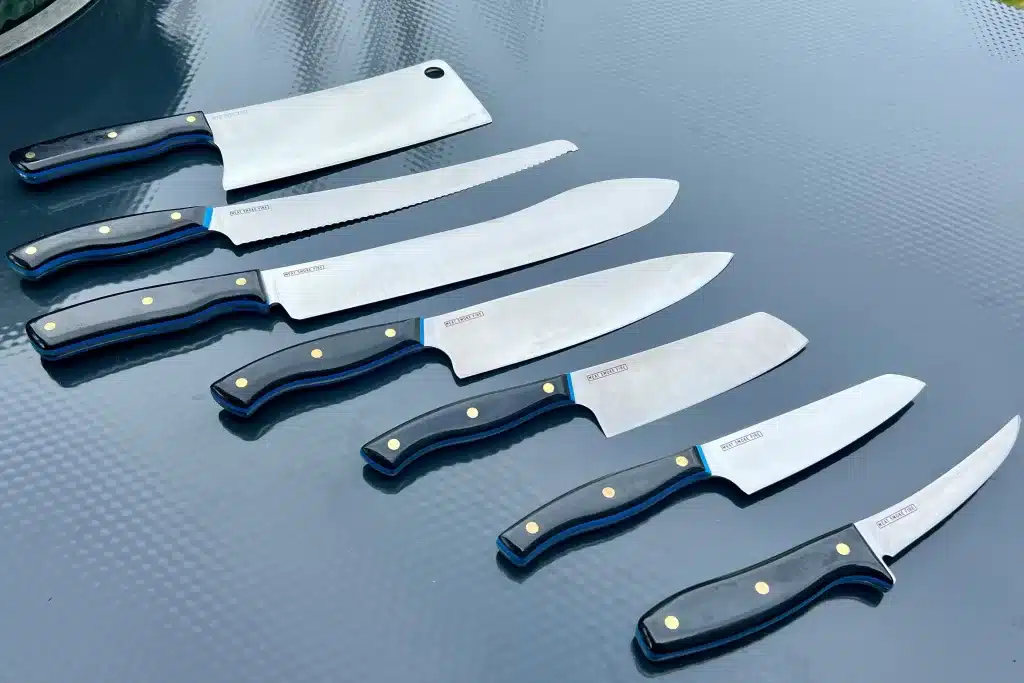Cooking surfaces


BBQ Temperature


Main ingredient

Cook Type
Low & Slow
Feedback at Gog Magog Hills Farm yesterday on the pulled pork was excellent. A number of people wanted to know the ingredients for the rub that I’d applied to the meat.
I’d actually prepared the meat in two stages; first brining the meat overnight, then applying a dry rub to the meat to give a wonderful smoky, spicy flavour to the outside layers.
Brining pork is a process of soaking the meat in a salt and flavouring solution to impart moisture and flavour right into the joint. The flavour of the brine will soak right into the heart of the meat. You can skip this step if you don’t have the time.
Cooking pork ‘Low and Slow’ works a treat and the Big Green Egg is perfect for this.
This pork is great in my Brioche Buns.


Ingredients
Pork Rub Ingredients
- 2 teaspoons table salt
- 2 teaspoons Spanish smoked paprika
- 4 teaspoons dark brown soft sugar
- 1 teaspoon dried thyme
- 1 teaspoon white pepper
- 1/2 teaspoon crushed black peppercorns
- 1 teaspoon onion powder
- 1/2 teaspoon garlic powder
- 1 teaspoon chilli powder
Pork Brine Ingredients
- 1 litre boiling water
- 1/2 cup sea salt
- 1 tablespoon crushed black peppercorns (grind them freshly in a mortar and pestle)
- 2 teaspoons cloves
- 5 bay leaves
- 1 litre cold water
- 3Kg of pork shoulder, skin removed
Method
Brining- Bring 1 litre of water to the boil in a stainless steel pan.
- Add the salt, peppercorns, cloves and bay leaves to the water and dissolve the salt.
- Set the pan aside for five hours for the cloves and bay leaves to flavour the liquid. It will darken.
- Add the cold water and your pork joint to large pan. Cover the pork with more water if needed.
- Leave to brine for 12 or more hours (ideally overnight) in the fridge.
Pork Rub
- Mix all the spices together.
- Rub into the pork joint covering all sides.
- Put into a plastic food bag, tie shut and leave to marinade overnight (at least 6 hours) in the fridge.
Slow cooking the pork
- Take your pork out of the fridge and allow to warm up to room temperature (2 hours)
- Get your Big Green Egg fired up with your plate setter feet up and the stainless steel grid on top.
- Adjust the daisy wheel and lower air vent to level the temperature at 110C. I find 1cm of bottom air vent and the daisy wheel cracked to about 1 or 2mm. Yep that’s all.
- Put the pork either directly onto the griddle or into a large cast iron pan (Dutch Oven). The cast iron pan will catch any juices and maintain more moisture within the joint. Leave the lid off though to allow the smoke to flavour the meat.
- I cook a 3kg shoulder joint for 15 hours or more, often up to 19 hours. I tend to start the pork 24 hours before you want to eat it.
- The key to pulled pork is reaching an internal temperature in the meat of 88°C to 92°C. At this temperature the connective tissue in the meat melts, moisurises the meat and allows the meat to be succulent and pull. If you don’t get to this temperature. the meat will taste dry and will be very difficult to pull.
- At least 1 hour before serving take your joint off the Egg, wrap in foil and allow to rest. Reserve the juices in the cast iron pan.
- Once rested pull the pork apart with two forks.
- Pour over some of the cooking juices to add flavour and moisturise or add some apple juice or warm BBQ sauce.

